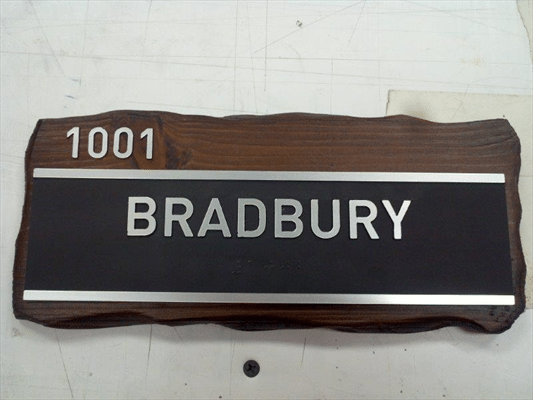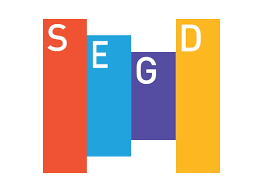5 Things You Didn’t Know About ADA Signage
ADA, Architectural Signage, Community, Design/Build, Others, Partners-Developers-Contractors, Sign Design, Signage Regulations, Signage TipsThe term “ADA Signs” is now in widespread use among architects, general contractors, developers, and signage experts. “ADA” stands, of course, for the Americans with Disabilities Act.
But the term “ADA Signs” is misunderstood almost as often as it is interpreted correctly.
For example:
1. A great many people believe that “ADA Signs” refers to those containing Braille symbols for the benefit of people who are visually impaired. That’s like saying elevators are installed in buildings for the benefit of people who are unable to climb stairs. The claim is true, as far as it goes, but it doesn’t go nearly far enough.
While signs containing Braille and other raised characters are a highly visible expression of the ADA requirements, there are many more requirements in the ADA.
Except for temporary signs, advertising, and company name signs, pretty much every sign you install in a public place must comply to a large extent with some aspect of the ADA.
This includes signs that name rooms, that identify exits, and that provide information about the use of spaces and facilities in and around a building (such as stairs, pools, parking areas, waiting areas, and so forth).
2. The ADA is intended to help not just people who are visually impaired, but also people with mobility issues, auditory deficits, speech difficulties, cognitive disabilities, or even mental conditions that make them reluctant to ask strangers for help.
3. While the ADA sets forth the requirement that signage be made more accessible to all likely visitors to a facility, in point of fact the actual standards have been developed by a special committee of the American National Standards Institute (ANSI). Committee members include industry, government, disability, design, and enforcement specialists who meet regularly to review, revise, and publish the most comprehensive standards they can manage.
4. Once published, the newest ADA standards are incorporated into the International Code Council’s model building code, and promulgated as the official “ADA Guidelines” or the “ADA Standards for Accessible Design.”
Normally, these standards are formally adopted by various federal agencies and departments, including the Department of Justice and the White House’s Office of Management and Budget. Their influence and authority are extremely widespread, which is a big reason why the ADA standards penetrate deeply into nearly every facet of business and economic activity in the United States.
5. Despite all this effort, and the heavy impact that the ADA Guidelines will likely inflict on nearly all of a facility’s signage, the requirements of the ADA aren’t always clear.
For example, the requirements for pictograms lack rules even for the minimum height of the graphic. Most people keep pictograms at least four or four-and-a-half inches high within a six inch area, but you will be hard pressed to find these details spelled out in the actual guidelines.
That’s a big reason why Metro Sign & Awning stands ready to work with architects, developers, general contractors, and business owners to make sure every facility is in full compliance with the spirit and the letter of the ADA. If we can be of help, we’d love to hear from you here.

